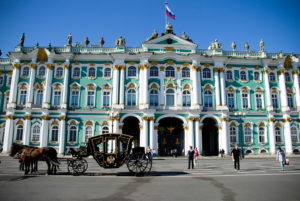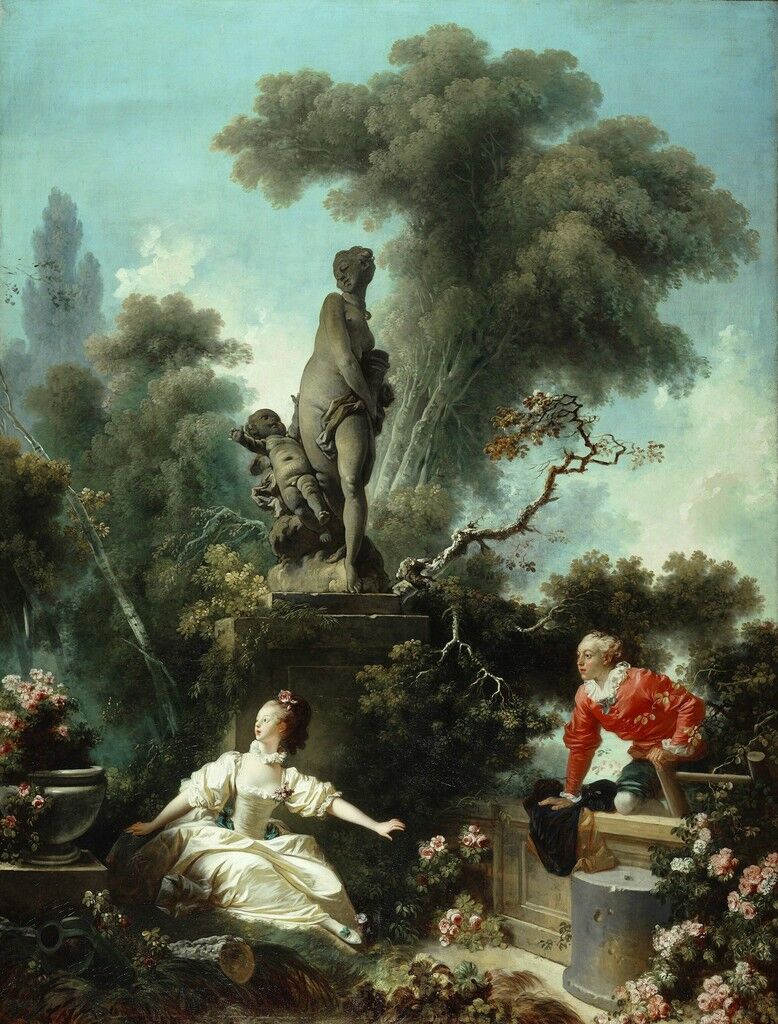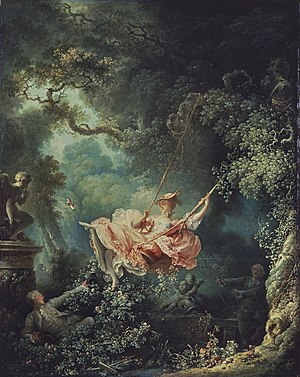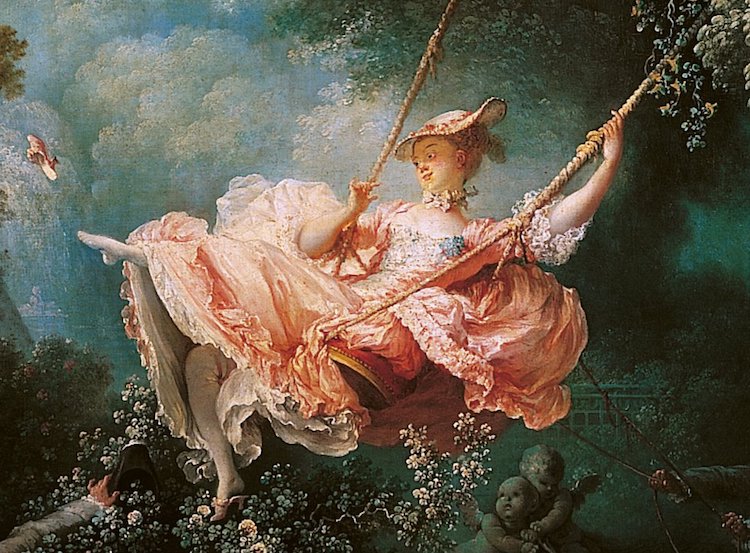Lecture Summary:
This week, the typography of the Renaissance was explored. I finally learned the origin of “colophons” which was found on the first page of books and told the reader about the author and when and where it was published. Additionally, the origins of “Adobe Jenson”, the old-style serif typeface was also revealed, owing its inspiration to Nicolas Jensen, an iconic figure of the time due to his roman font. Of course, back then the process in which these types were made was much more enduring. and the punch cutters who created the symbols had to carve each letter by hand in different fonts and sizes. After this, the Age of Enlightenment and Baroque period occurred. Not many innovations in type or graphic design were featured but the manufacturing of books had increased significantly. This was the time in which Shakespeare created his plays, and many of the scientific discoveries of the Renaissance were published for the public to see. Eventually, in the 1700’s, the first transitional typefaces were created. These were fonts that departed from the Old Style and predate fonts that we still use today.
Art/Culture Research:
Rococo was the last expression of the Baroque Period before Europe moved on to Neoclassicism. While both highly ornate and decorative in nature, Rococo took on its own colorful and playful identity with pastels and white in comparison to its older, more serious relative. This style was very fluid and theatrical, filling the architectural space with sculptures, elegant furniture and tapestry. The Rococo period began in France during the 18th century as part of Louis XV’s reign where it was first known as “rocaille” which roughly translated to “rock” or “tiny beads”. This was in reference to the abundance of pebbles and seashells used for decoration during the Renaissance. As the world evolved from prioritizing solely on survival, innovation allowed the people to focus on leisure and entertainment and thus the “salon room” was created. It was a place designed for guests and . Particular to the Rococo period, the interior of buildings were highly detailed and surely a feast for the eyes, however, the exteriors were a tad more uniform. Common motifs of this time were often from nature- the use of vegetation or plants such as vines leaves and flowers were sculpted and gilded, which made designs complex and interesting in texture.



In the case of fine art, easygoing and lighthearted paintings had culminated. Rich colors and delicate brushstrokes decorated the canvases that portrayed themes of courtship and leisure and mythology. One such quintessential piece was “The Meeting”, commisioned for King Louis XV’s mistress, the Comtesse do Barry. This scene in which a young woman’s lover climbs over a wall for a secretive moment of intimacy emphasizes on the drama and theatricality of the time.

As a leading painter for the Rococo era, Fragonard also created the oil painting “The Swing” which is his most famous work. It is also widely know as one of the masterpieces of that period. The painting shows another scene of romance which is less dramatic than the first but just as scandalous. The young woman swings high, exposing herself to the male below in playful fashion. She also has a dainty show tossed into the air. Her surroundings, of course, consist of many nature elements and there is once again the inclusion of Rococo-style sculptures. Interestingly, this kind of style which Fragonard was known for was deemed “frivolous” by individuals of the Enlightenment. It seemed as though men were often showed in a weakened and less-than-proper state as result of the romantic themes and seduction of women. After the Rococo period, it was demanded a more serious art style would commence, showing their strength and nobility.

Bibliograpy:
Judy’s Notes !
Hopkins, Owen (2014). Les styles en architecture. Dunod. ISBN 978-2-10-070689-1.
Ducher, Robert (1988), Caractéristique des Styles, Paris: Flammarion, , ISBN 2-08-011539-1
Britannica, The Editors of Encyclopaedia. “Rococo Style.” Encyclopædia Britannica, Encyclopædia Britannica, Inc., 5 Jan. 2018, www.britannica.com/art/Rococo-style-design.
“Fragonard, The Swing.” Khan Academy, Khan Academy, www.khanacademy.org/humanities/monarchy-enlightenment/rococo/v/fragonard-the-swing-1767.
Images:
(1) “The Front Entrance to the Hermitage.” Bonjour Bonheur Holidays Pvt Ltd, www.bonjourbonheur.com/tours/russia/the-front-entrance-to-the-hermitage/.
(2) De Morant, Henry (1970). Histoire des arts décoratifs. Librarie Hacahette.
(3) Chisholm, Hugh, ed. (1911). “Cressent, Charles”. Encyclopædia Britannica. 7 (11th ed.). Cambridge University Press. p. 413.
(4) Britannica, The Editors of Encyclopaedia. “Rococo Style.” Encyclopædia Britannica, Encyclopædia Britannica, Inc., 5 Jan. 2018, www.britannica.com/art/Rococo-style-design.
(5) “Fragonard, The Swing.” Khan Academy, Khan Academy, www.khanacademy.org/humanities/monarchy-enlightenment/rococo/v/fragonard-the-swing-1767.
